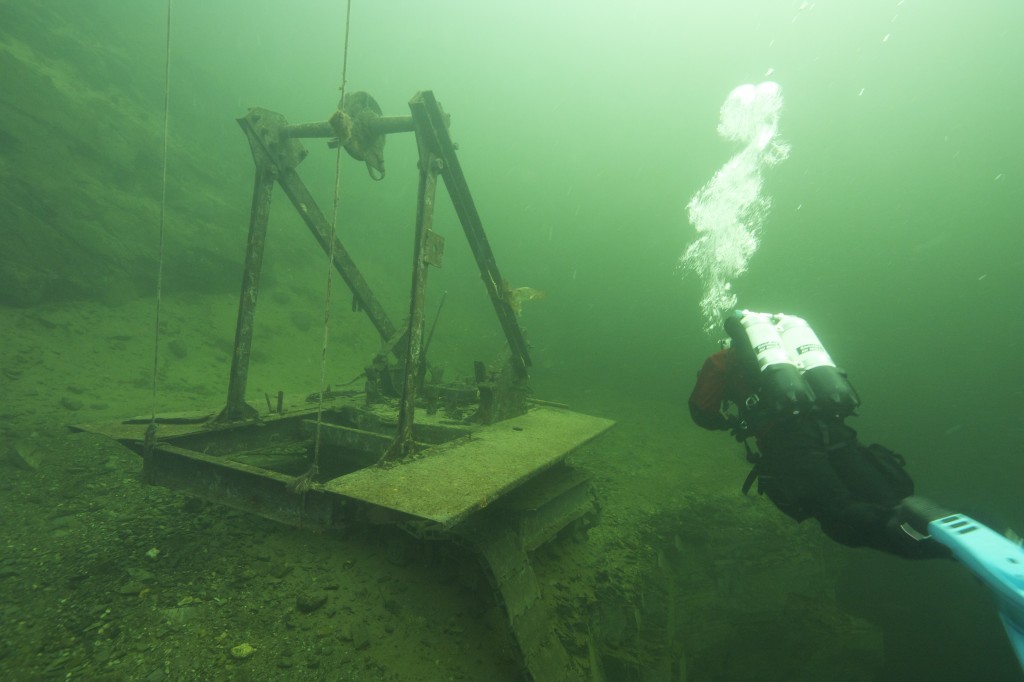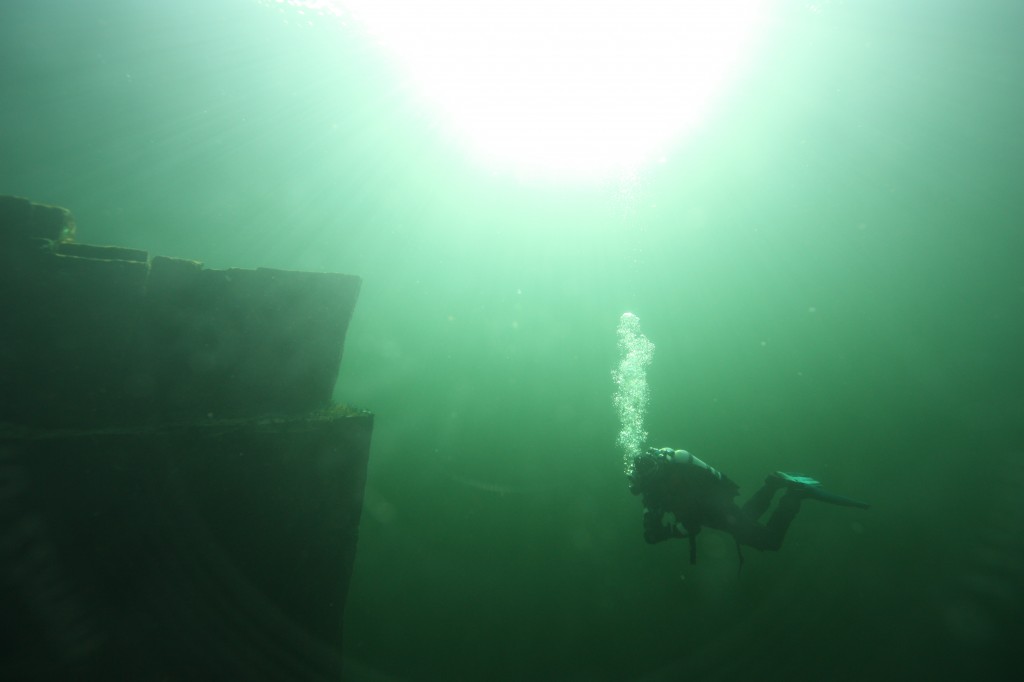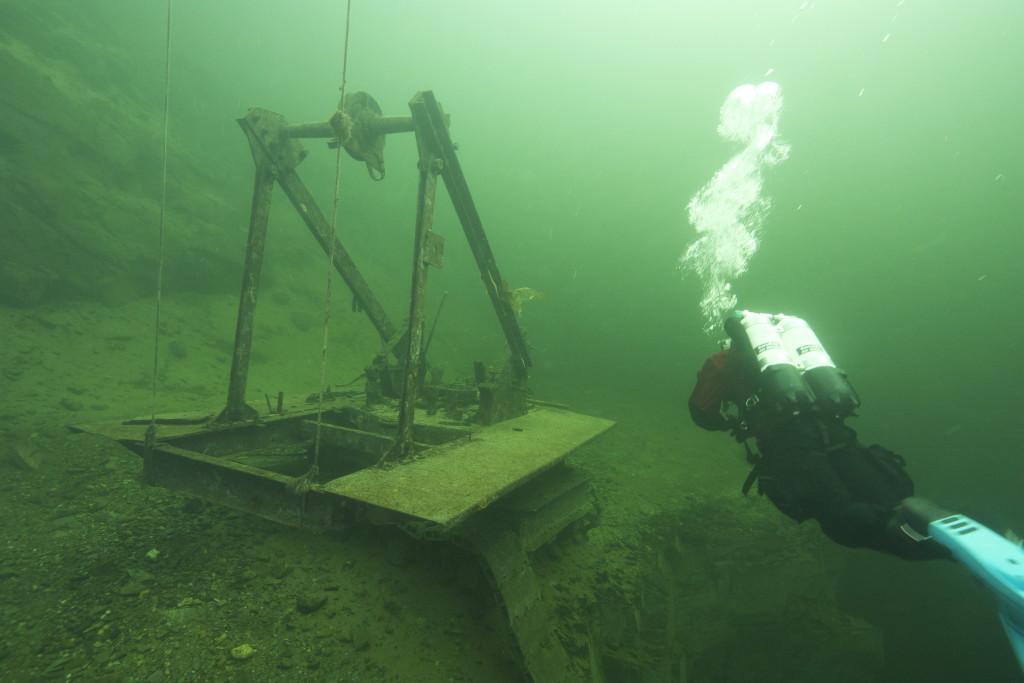
Deep, dark & dangerous. Just some of the words used to describe the abandoned slate quarry known as Dorothea in North Wales. Despite the warnings and an unofficial ‘ban’ by diver training agencies, why do divers continue to flock here?
I have to admit, if I was reading this right now as a ‘non-diver’ I might be asking myself the same question. After all, there are plenty of inland dive centres out there that for a small fee provide a whole range of on-site facilities. Changing rooms, toilets and cafes can be found at most dive centres in the UK. Not to mention trained staff and first aid support in the event of an incident. Dorothea has no such luxuries.
Dorothea has a ‘rawness’ about her. Carved out of the Nantle landscape by nothing more than the hands of the hundreds of men that worked there from the early 1800’s to her formal closure in 1970, she could at one point boast of being the ‘deepest man made hole’ in Western Europe. Facing a constant battle to keep her from flooding and with a decline in the demand for slate – she was eventually abandoned and left to succumb to the water. Nature took back in years what man had taken centuries to excavate.
For me, the rawness of Dorothea is part of the attraction. There is an atmosphere around the site that is hard to explain. To say it’s ‘spooky’ wouldn’t be fair – but there’s an ambience to the place that makes her unique. The heritage of the industry that created her is all around. The slate spoils and some of the infrastructure are grandiose and will forever remain part of the landscape, while other finer features such as the chapel and water fountain are there to be found by the more intrepid and curious explorer. There’s as much to explore for the non-diver above the water as there is underneath.

It’s the scale and scope for exploration that provides the allure for most of the divers I know. Each dive provides an opportunity for further exploration. Whether it’s the sheer walls and underwater cliff faces, the rusty machinery that was left behind or the flooded petrified forest – each dive can reveal something new and exciting. The opportunity to push oneself is undeniably linked to Dorothea’s reputation as a ‘dangerous’ site. Divers, like most people, will push themselves beyond the limits of their training and occasionally their own abilities. Unfortunately when problems present themselves underwater, accidents can, and do, sometimes happen.

Trained divers are well aware of the risks associated with our sport, yet we don’t want to sign disclaimers when we go diving. Each time I put my kit on I understand I’m heading into, by definition, ‘an alien environment incapable of supporting human life’. If it didn’t represent some sort of challenge I probably wouldn’t be doing it. The dangers are mitigated by good quality training and the use of the correct equipment. Developing your skills and experience underwater and enhancing your ability to cope with situations that may arise helps reduce the risks associated with SCUBA diving. With proper planning and preparation it’s possible to dive Dorothea safely, like any other dive site in the UK.
It’s in our nature to push ourselves, to explore and to seek new challenges. Dorothea offers such a unique inland diving experience that despite the lack of facilities and perceived risks, we, I, will continue to dive here.
Read more posts about Diving in the UK at: https://justinowenphotography.wordpress.com
Learn more about Dorothea Quarry at: http://en.wikipedia.org/wiki/Dorothea_Quarry







